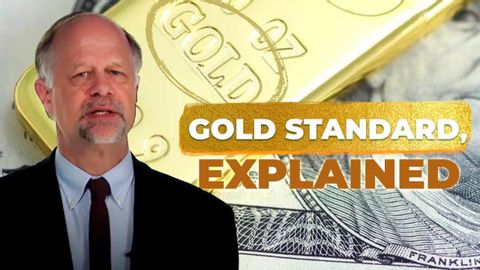
Subtitles & vocabulary
What Is a Gold Standard?
00
Ching Hung Lin posted on 2014/05/14Save
Video vocabulary
back
US /bæk/
・
UK /bæk/
- Adjective
- Farthest from the front e.g. in a classroom
- Transitive Verb
- To bet money on something
- To support and encourage someone or some cause
A1TOEIC
More standard
US /ˈstændəd/
・
UK /'stændəd/
- Noun
- Official unit of measuring something
- Principle of behaving in a moral way
- Adjective
- Being the accepted normal level of quality
- (Of a language) being the most accepted in a place
A2TOEIC
More currency
US /ˈkɚrənsi, ˈkʌr-/
・
UK /'kʌrənsɪ/
- Uncountable Noun
- Widespread acceptance
- Money system that a country uses
B1
More government
US /ˈɡʌvənmənt/
・
UK /ˈgʌvənmənt/
- Noun (Countable/Uncountable)
- Group of people and system that rule a nation
- The system by which a state or community is governed.
A1TOEIC
More Use Energy
Unlock All Vocabulary
Unlock pronunciation, explanations, and filters
